Interview with Bad Tales (Favolacce) directors Fabio and Damiano D’Innocenzo
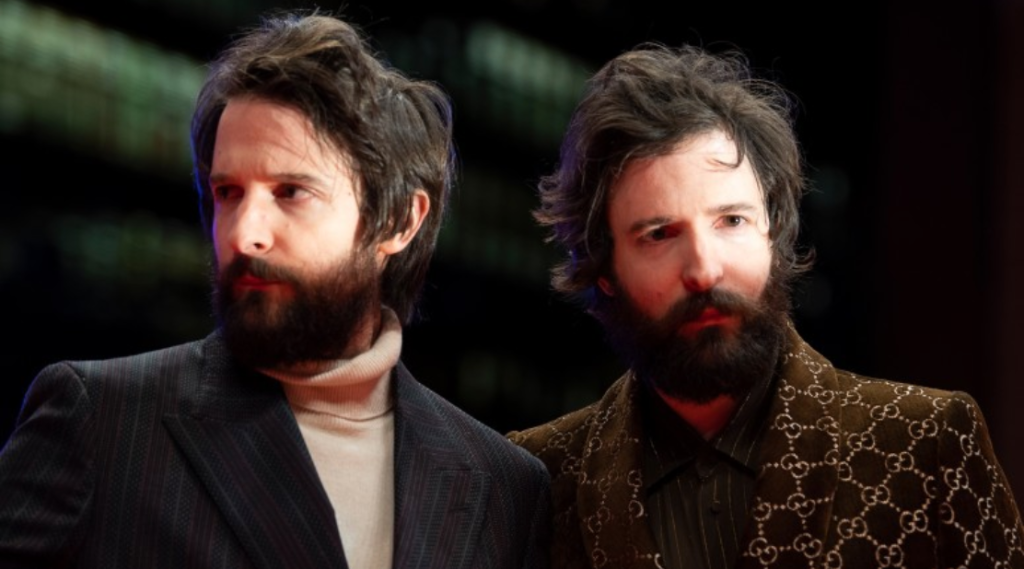
The D’Innocenzo brothers bring to this year’s Berlinale competition their new film Bad Tales, which is set in the suburbs of modern-day Rome and fashions a cynical morality tale out of their festering recesses. Adults and children alike behave transgressively, foreshadowing the gradual descent into tragedy. It is one of the most forceful and intense films of the festival.
Where does your sense of humour come from? Were you like that when you were children?
Fabio D’Innocenzo: We come from a very peculiar family. We lost our uncles when we were very young – they were killed – and our family experienced different tragedies, so to us, humour is a way to survive. Sometimes it was black humour – quite macabre – that stayed with us. It was imprinted on us, it’s somehow our shell, our coat of arms. For those who understand it, they can share it, but it’s not for all tastes.
I like your film and hate its protagonist.
Damiano D’Innocenzo: We hate them too, but they’re human beings and like us, they’re a bunch of contradictions. That is something we should be aware of, despite the labels we tend to put on people and the categories we place them in. Deep down, if you’re honest with yourself, with your partner and with your daughter, you understand that we are all a bunch of contradictions and we all have different sides.
Why did you choose the setting of middle-class suburbia to anchor this story?
FD: On one side because our first film that premiered here in Berlin a few years back was about another kind of social class. It was set in the outskirts, and therefore the audience didn’t feel directly affected by it in a way. They would say “OK, poor them, but I don’t belong there.” Here, we all belong to the middle class, whether it’s middle or lower-middle class, and therefore we can no longer say that it doesn’t concern us. These are the people you would never suspect of being capable of such things, of the tragedies that you watch on television as they do in the film. Also, visually it was more interesting because portraying the suburbs allows you to establish a connection with childhood: the small houses with the roofs in a certain way, the wood fences – it connects us to our childhood fantasies. I remember when I was a kid, watching Ed Wood by Tim Burton – I’d never been in such a place before but it felt like home.
How did you work with the child actors, especially in the sequences when they talk so openly about sex? Were they aware of what they were saying?
DD: Of course the parents had read the screenplay, otherwise they would never have let their children play the roles. What we asked them to do was to allow the children to read the screenplay too. We also didn’t have any coaches: we did it all ourselves. Every day the kids would come on set, we would tell them what the lines were going to be and illustrate which scenes we were going to tackle. This meant, with reference to the scenes you were talking about, taking on a huge responsibility: to explain the language around sex to them. For example, for the line where they say “I feel like fucking,” it was a matter of explaining what that means, as she didn’t already know. So we found ourselves in parental roles. And we are not parents yet, but we could feel the tension and the difficulties of tackling these issues with children; it was indeed very risky and dangerous.
We also had to explain to them the violence that they were going to undergo by these horrible, fictional parents. We didn’t use any abstractions, because that would have been very dishonest, and it would have probably been inexplicable to them in those terms. Like François Truffaut used to say: children watch us, and they have a thick skin, so to speak, but contrary to grown-ups, they have two hearts: one on the left and one on the right. So we believe we have to protect them, but the more straightforward and direct with kindness we are, the more we can prepare them to deal with the outside world.
You changed titles many times before you chose Bad Tales.
FD: Yes, we did, because we wrote the screenplay when we were 19 and we pitched it many times to different producers. But considering producers normally read just one page of the treatment, we had to change the title, otherwise it would have been detrimental. They would ring us to say, “OK, we’ve read it,” and then put it on the shelf. We changed it five or six times, giving it horrible titles, until we got to this one. It’s impossible to translate, but in Italian fiaba is “fairy tales” and parolacce is “bad words”; so, Bad Tales indicates bad words and fairy tales.
Could you explain the use of a fairy tale framing device?
DD: We didn’t approach it in an academic or scholarly way; we relied on reminiscence and memory. We read the Grimms’ Fairy Tales and the Russian tales we read when we were kids, and we still remember how shocked we were, how surprised when we got to the ending – it was an emotional blow every time. They had harsh endings, but they were very educational. Nowadays, we’re used to stories that tend to protect our children, but in the past, fairy tales were really survival kits for children. The structure was strictly educational and the stories had their own morals, as they were used to prepare children to deal with life: to gain awareness and be equipped to face the world. We just relied on our memory of childhood; even if it was somehow blurred, that was good for us – the fact that it was a bit confused and in shadow. Visually, the film relies on veils and filters, so everything fell into place.
Do you have separate tasks when you work together, like one on the camera, one dealing with the cast, or is it more organic?
FD: We rely on our instincts and we plan very little. Everything depends on the scene, the moment, the time, whether one of us has a headache or not. We’re twins, so looking at each other is enough for us to understand mutually if something works or does not. Very rarely, we communicate verbally. It’s just a matter of instinct, and we don’t divide the tasks; sometimes, I deal with photography, sometimes Damiano does, and that allows us to be very flexible and ready to deal with all aspects of filmmaking.
At Sundance Film Festival you worked with Paul Thomas Anderson. How was this meeting and collaboration?
DD: Our first film was selected for Sundance Lab, and we had the opportunity to spend six days with Paul Thomas Anderson. It was like being in one of his films. We presented him with the screenplay of a Western – which would be our next project – that he liked very much. But then we also talked about all sorts of things: editing, films he liked or we liked, novels. He thought the title was really s****y and said we had to change it, but we couldn’t think of anything, so we told him to find us the right name – we’re still exchanging emails about it. It was a really great opportunity; we think he’s one of the best American directors.
Can you talk about the combination of American and Italian influences in the film?
FD: On one hand, there’s the kids’ vision, which is our childhood. The five children somehow embody what I and Damiano were as children, and what we wished we could be today, but it’s less and less possible. Then, the American influence is a reflection on our reading of Carver, Updike, Yates and Wallace, the portrait of the middle class in those novels, as well as this feeling of oppression that builds up little by little in the narration. These are the two main elements that come from Italy and America, and to us it was a good mixture in order to “vehicle” stories that are not focused on us, but can somehow enlarge the portraits of our characters, so as to somehow mirror the viewer. Also, graphically – as we were talking about archetypes and the suburbs – it is the kind of imagery associated with those communities that are gated and closed; they all know each other, but there are specific, unsaid rules that host a lot of violence most of the time.
You wrote the screenplay a few years ago but the film is finished now in 2020. Is it possible to see it as a comment on today’s society?
FD: Italian society has always been like this and we tried not to have a sociological approach and not to root the film in a specific period, as then it would be unable to survive. In ten years’ time, it will not be watchable. We wish our films could be like John Cassavetes, who could be selected in next year’s Berlinale because he’s somehow eternal, in a way. The value of and the reason for that is that it is focused on human beings with elements that will never change over time. We didn’t want to rely on the news because it is easily shelved when something else happens, but the archetype stays with us. It is, however, true that these children suffered 20 years of Berlusconi government, along with everything that implies in terms of promoting a sort of “macho” attitude: the man who feels superior and doesn’t show his emotions. That has become fashionable, along with the promotion of ridiculous values that do not allow children to grow up rooted in the true values of sensitivity, truth, care and tenderness. It’s as if sensitivity is out of fashion these days.
I read that you were inspired by Francesco Totti for Elio’s [the lead actor’s] haircut in the film?
FD: It’s true, because we also draw storyboards for our films, and we draw the looks for all our characters. Elio Germano is a very well-known face in Italy and we didn’t want him to be recognisable in terms of his appearance in previous films. He has this classical beauty that we wanted to change, and so we got inspiration from the awful haircut that Francesco Totti had the last year he played soccer with Roma in the national team. He had this very short cut with a sort of crease. We also wanted him to have an iconic face because we believe that the traits on your face do not lie about the type of human beneath. Therefore the character of Bruno, that was so martial, needed to have a very harsh look.
Many scenes with the adult actors have a strong intensity and dramatic force. How did you draw out those performances?
FD: We believe that the actors need to be mentally prepared and we asked them to undress themselves, to be completely naked, and we had to be the same – emotionally speaking. In order to do that with an actor you need to establish an agreement which is based on mutual trust, and that’s essential to us. Actors come first, they are a priority in everything that has to do with filmmaking; they come before photography and all the rest. We realise that they need time to reach the dramatic temperature which is not so easy to achieve – it’s very complex in a film like this. Just to give you an example, when Elio had to perform the climax scene, he asked to be left alone for half an hour in a room, because he needed it, to meditate by himself so that he was ready. Then, we did two takes and said “OK”; and immediately after the time that he needed, he performed and it was extraordinary. His performance would mean that he was able to stage life: not to act it, but to live the character in that moment.
Joseph Owen
Bad Tales does not have a UK release date yet.
Read our review of the D’Innocenzo Brothers’ film at Berlin Film Festival 2020 here.
Read more reviews from our Berlin Film Festival 2020 coverage here.
For further information about the event visit the Berlin Film Festival website here.
Watch the trailer for Interview with Bad Tales directors Fabio and Damiano D’Innocenzo here:

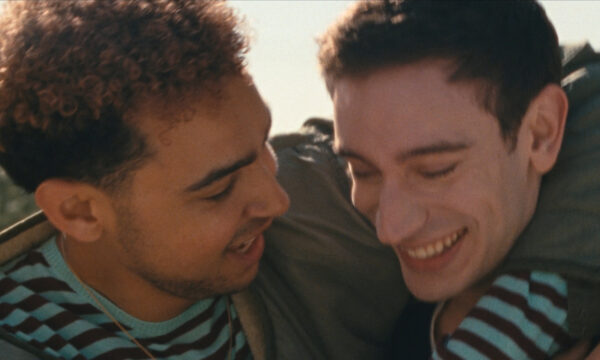
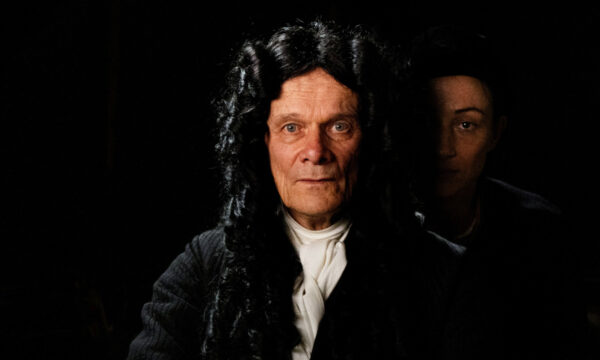
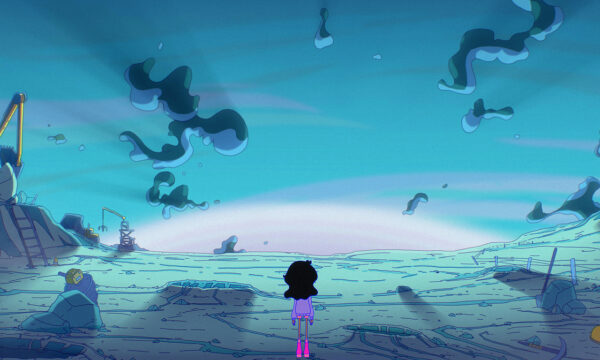
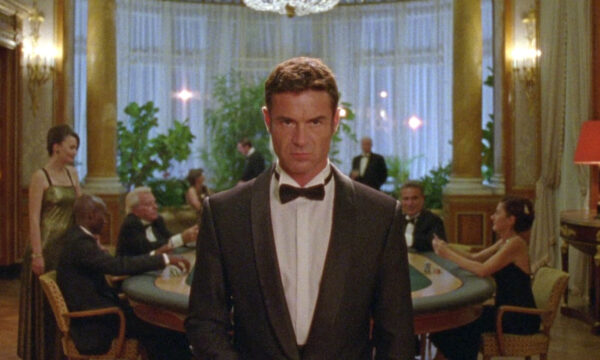
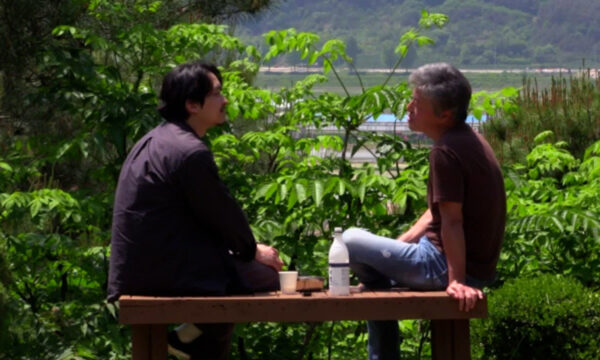
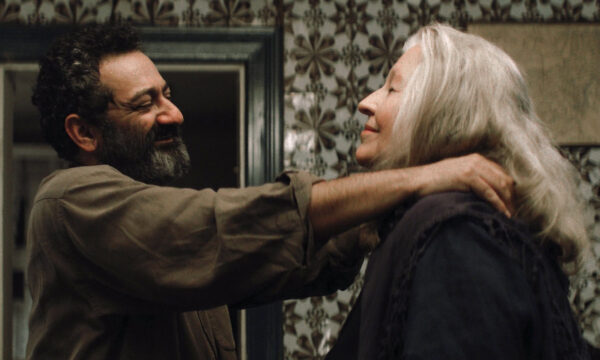
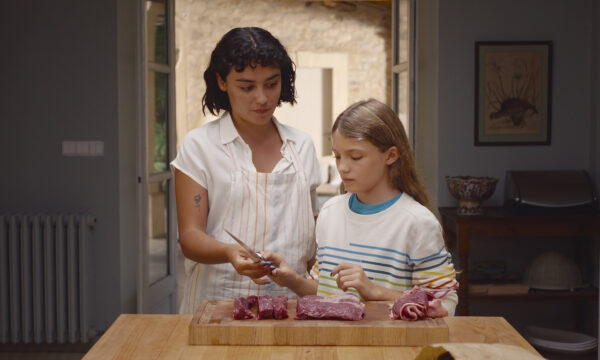
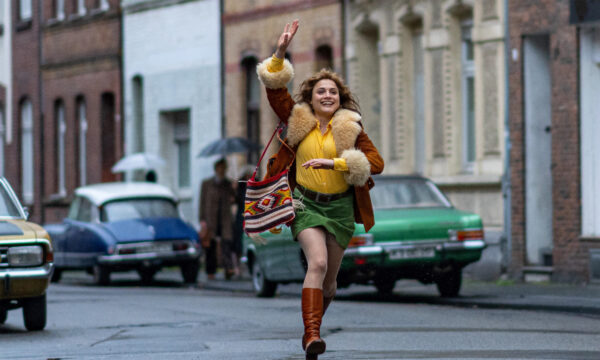
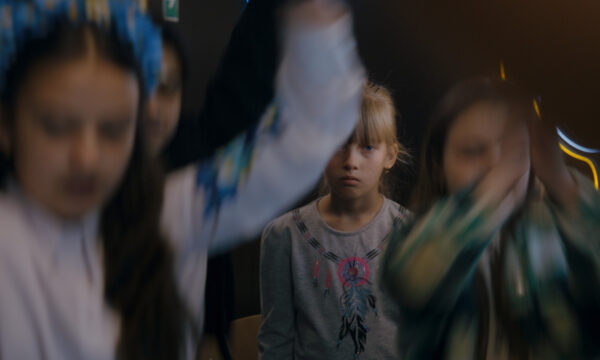
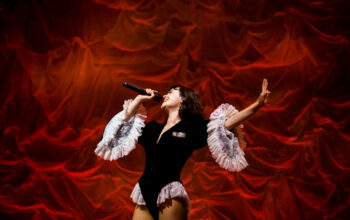
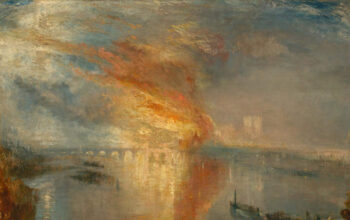
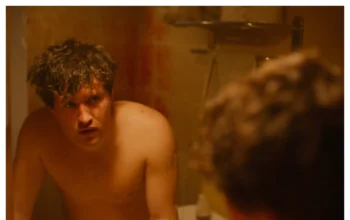

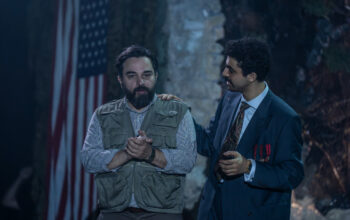






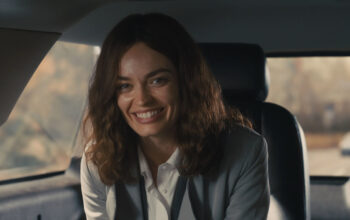


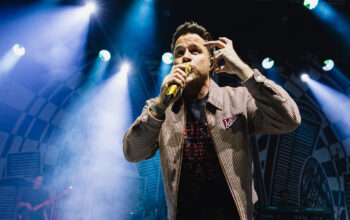
Facebook
Twitter
Instagram
YouTube
RSS